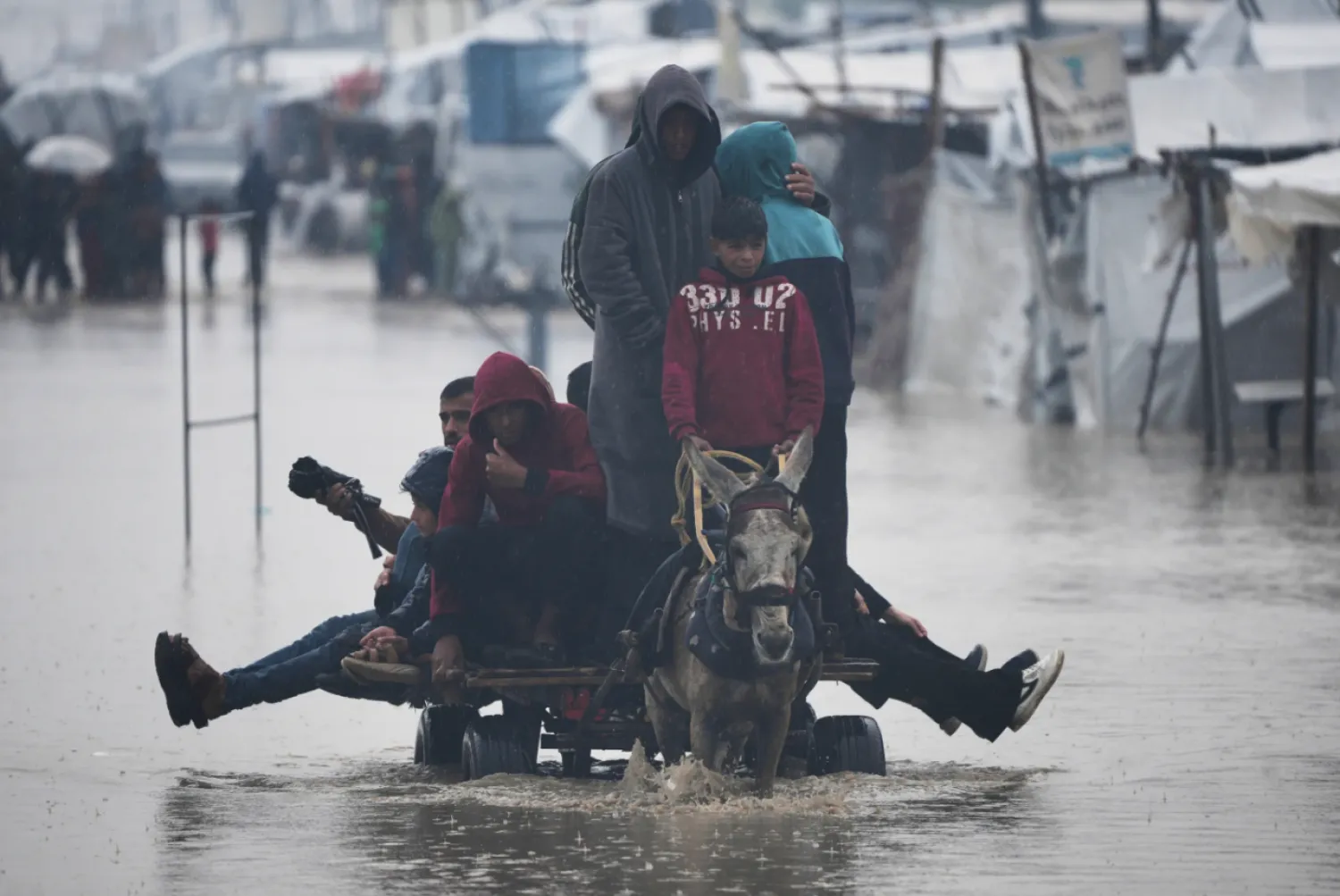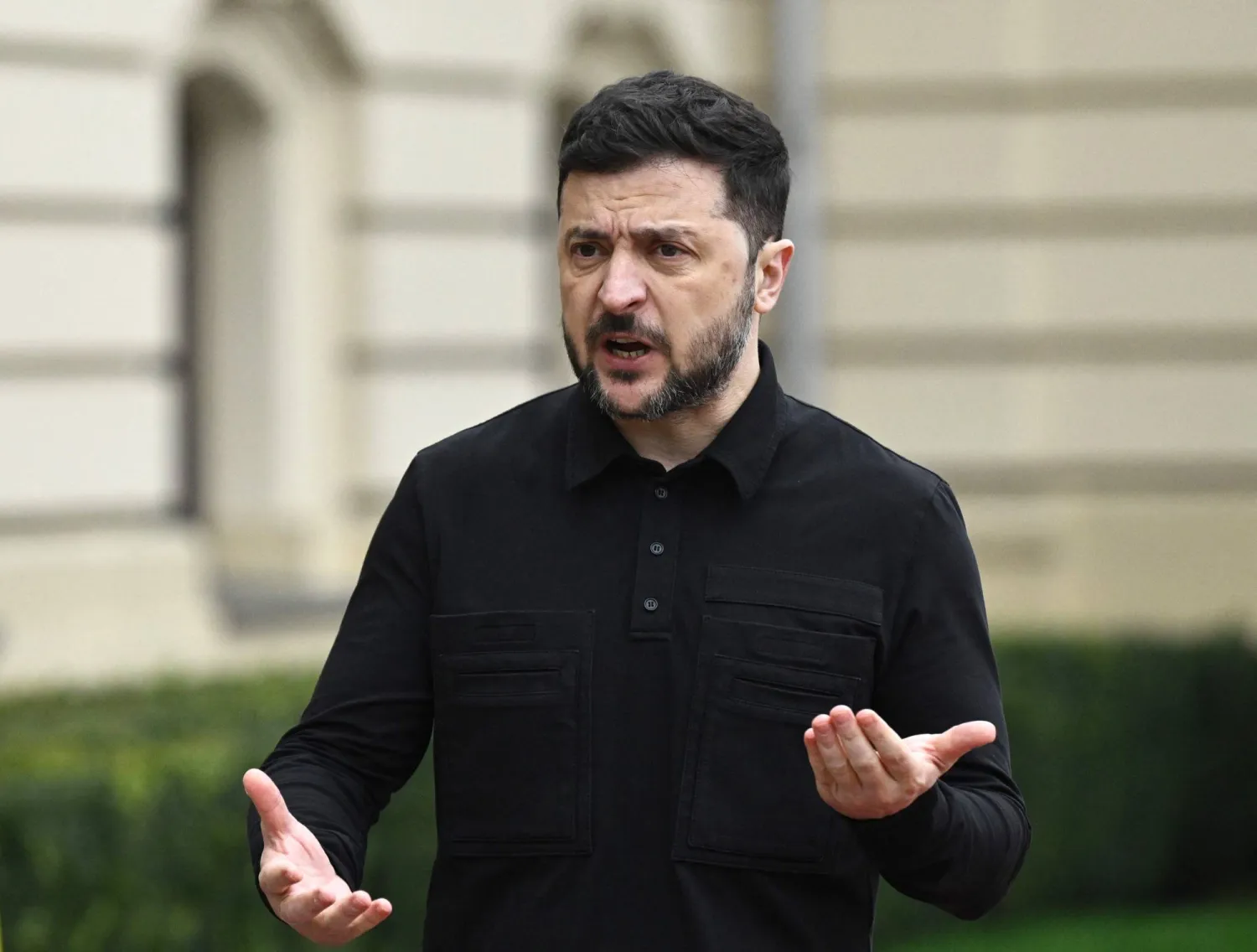The surprise assault launched by the al-Qassam Brigades, Hamas’ military wing, along the Gaza border on Oct. 7 of last year, has heralded a notable shift in the Israeli-Arab conflict.
They caught Israeli forces off guard, resulting in the death of over 1,200 Israelis and the capture of around 240 others.
The attack, resembling scenes from a Hollywood thriller, underscores the ongoing struggle.
Since the Oct.7 ambush, Israeli authorities claim to have dismantled a significant portion of the paramilitary group’s infrastructure and taken out as many as 12,000 of its fighters.
But what do we know about the al-Qassam Brigades, currently locked in a protracted conflict with Israel?
Formation, Focus on Prisoner Release
Al-Qassam Brigades were established in early 1988 under the name “Majd,” later changed to its current name.
The group’s security arm, which keeps the title “Majd” to this day, was tasked with hunting down Israeli agents.
One of al-Qassam Brigades’ key founders was Yahya Sinwar, now the leader of Hamas in Gaza and a prime target for Israel due to his alleged involvement in the Oct. 7 assault.
Al-Qassam Brigades gained attention in 1994 with attempts to abduct Israelis, succeeding in their first capture of soldier Nachshon Wachsman in the West Bank.
Wachsman was killed by Israeli forces along with his captors in a military operation near a village between Ramallah and Jerusalem.
Thereafter, the swapping of Palestinian prisoners for kidnapped Israelis became a major goal for al-Qassam Brigades.
This led to intense operations, notably during the group’s “Engineers Phase” in the 1990s, led by Yahya Ayyash.
That phase witnessed several suicide bombings inside Israel, which temporarily halted but resumed strongly during the Second Palestinian Intifada in 2000.
Kidnapping Israelis remained a priority for Hamas, especially in 2006 before consolidating control over Gaza in 2007.
Israeli soldier Gilad Shalit was then captured by Palestinian militants in a cross-border raid via tunnels near the Israeli border. Hamas held him captive for over five years until his release in 2011 as part of a prisoner exchange deal that saw the release of 1,027 Palestinians from Israeli jails.
Despite years of conflict and attempts to pressure Israel, including capturing soldiers during the 2014 war and infiltrating across borders, the al-Qassam Brigades’ efforts for a prisoner exchange deal have largely been ignored by successive Israeli governments.
Oct. 7, Triggering a Catastrophic Conflict
Al-Qassam Brigades’ desire to kidnap Israelis to pressure their government for a prisoner exchange deal is believed to have prompted their surprise attack along the Gaza border on Oct. 7.
This assault resulted in the deaths of hundreds of Israelis and the capture of hundreds more, including many soldiers, marking an unprecedented event that Israel likened to its worst experience since the Nazi Holocaust.
In response, Israel launched a massive war on Gaza, resulting in the deaths of approximately 30,000 Palestinians and widespread destruction.
Since the war’s onset, Israeli Prime Minister Benjamin Netanyahu has declared the objective of “eliminating Hamas” and completely dismantling al-Qassam Brigades.
After about 145 days of conflict, Netanyahu and Defense Minister Yoav Gallant claim to have killed about 12,000 Hamas fighters and disbanded all brigades except for those positioned in the southern Gaza city of Rafah.
However, these figures are disputed, with Hamas initially refuting reports of 6,000 casualties within their ranks.
In the Eye of the Storm: Al-Qassam Brigades’ Situation
Asharq Al-Awsat has tried to shed light on the state of the al-Qassam Brigades using insights from informed Palestinian sources and field reports from Gaza.
According to these sources, Israel has failed to target leaders Mohammed Deif and Marwan Issa, who are top on the assassination list.
They also haven’t been able to reach leaders of the Khan Yunis, Rafah, and Gaza brigades. Meanwhile, Israel has successfully assassinated leaders from other brigades, along with many frontline fighters.
Sources mentioned that precise figures regarding casualties among al-Qassam Brigades couldn’t be provided.
However, they confirmed Israel's success in targeting the group’s leaders and other activists, sometimes through massacres targeting their families. These sources also questioned Israel’s reported figures, suggesting they were misleading.
According to available information, Israel has so far succeeded in assassinating two of al-Qassam Brigades’ leaders: Ayman Nawfal, commander of the central brigade, and Ahmed al-Ghandour, commander of the northern brigade, who was killed along with four other field leaders.
Ayman Siyam, commander of the rocket unit in al-Qassam Brigades, and other officials in Hamas’ military wing, such as Wael Rajab, Rafat Salman, Ibrahim al-Bayari, and Wissam Farhat, have also been targeted.
Despite details about lower-level leaders being currently unavailable, sources confirmed that many have been killed in assassinations, operations, and clashes.
Al-Qassam Brigades: A Flexible Structure
The al-Qassam Brigades once had divisions, battalions, and other units totaling up to 30,000 before the current Gaza conflict erupted.
According to Asharq Al-Awsat sources, the group’s structure is highly adaptable, even during communication blackouts with leadership. In such cases, deputies are appointed to each commander’s position.
The al-Qassam Brigades have an integrated military system, with five brigades: Northern, Gaza, Central, Khan Yunis, and Rafah.
Each brigade has several battalions, factions, and military formations.
Thousands of fighters have been trained by instructors, some of whom received military training outside Gaza, in places like Lebanon, Iran, and Syria.
Israel says al-Qassam Brigades has 24 military battalions, a claim supported by Asharq Al-Awsat sources.
Each battalion has between 600 to 1200 fighters, organized into brigades, factions, and formations. While the exact number of fighters isn’t clear, al-Qassam Brigades’ recent focus has been on recruiting young people.
Before the war, estimates suggest that al-Qassam Brigades numbered between 25,000 to 30,000 fighters.
Their structure includes various specialized units within each brigade, such as military judiciary, manufacturing, monitoring, combat support, intelligence, and more.
Although they lost some capabilities during the current conflict due to Israel neutralizing many tunnels and hiding spots, fighters in al-Qassam Brigades still display strong combat abilities in ongoing clashes in Gaza.









